
What Is Epilepsy?
Epilepsy is a recurrent, spontaneous, intermittent, abnormal electrical activity of a part of the brain. It manifests as a seizure. A convulsion is the manifestation of abnormal electrical activity in the form of uncontrolled involuntary movement. Many people have experienced seizures due to various medical conditions (abnormalities in chemical composition of various body fluids such as low sodium levels or reduced oxygen levels, for example). But by definition they would not be named as an epileptic episode, and it is good to remember the phrase “everything that twitches is not epilepsy”. It is very easy to misdiagnose epilepsy, especially after the first episode, taking into consideration the common features. Many individuals feign epileptic attacks but they never harm themselves doing it. Therefore, biting the side of the tongue hard enough to draw blood is is a good indication of a true epileptic attack. The prevalence of epilepsy is around one pecent. Sudden unexpected death in epilepsy (SUDEP) is a risk, especially with uncontrolled epilepsy in youth.
- Important notification about information and brand names used in this slideshow!
- Photo courtesy of Cynr by Flickr : www.flickr.com/photos/cynr/67591932/
- Oxford handbook of Clinical Medicine

Epilepsy Symptoms
Patient experiences during the course of a true epileptic episode vary greatly. There may be a “prodrome” which can last for hours. This is rare and not a part of the seizure itself. It is a noticeable change in mood or behavior that the patient or people around him may observe. There may be an “aura”, which is a strange feeling in the gut, a disturbing feeling or sense of familiarity (déjà vu), an eerie sense of unfamiliarity despite rationally knowing that one has been in the same situation before (Je mais vu) or a sense of flashing lights. The aura occurs mainly before partial seizures and temporal lobe epilepsy. The outward features of the true epileptic attack vary with the type of epilepsy. After a partial seizure, there may be a transient weakness of affected limbs (Todd’s Palsy). After a generalized seizure, the patient may feel weak, miserable, headache, have muscle pain and experience confusion.
- Important notification about information and brand names used in this slideshow!
- Photo courtesy of Argonne National Laboratory by Flickr : www.flickr.com/photos/argonne/3324172985/
- Oxford Handbook of Clinical Medicine
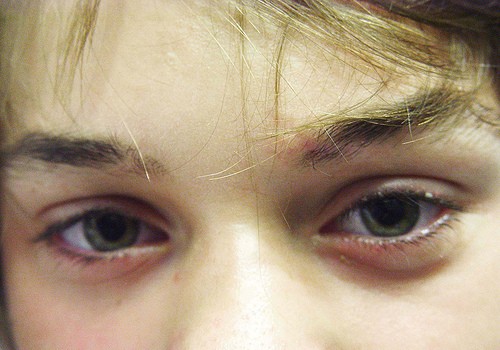
Types Of Seizures
Seizures can be divided into two categories. 1. Partial seizures – The attack is attributable to a specific part of the brain. This usually suggests a structural disease. These are subdivided into three categories: a. Simple partial seizures – Consciousness is not impaired, and events are focal (limited to a specific area of the body suggesting the involvement of a focal area in the brain). b. Complex partial seizures – Consciousness is impaired. These seizures are mainly due to temporal lobe abnormal electrical discharges. c. Partial seizures with secondary generalization – Abnormal electrical activity originates in a specific part of the brain manifesting as a focal event. Electrical abnormality then spreads all over the brain, causing a generalized seizure.
- Important notification about information and brand names used in this slideshow!
- Photo courtesy of Cynr by Flickr : www.flickr.com/photos/cynr/68086433/
- Oxford Handbook Of Clinical Medicine

More Types Of Seizures
2. Primary generalized seizures – Features are widespread and are not attributable to a specific location in the brain. There are 5 main sub-types: a. Absence seizures – Also known as petit mal. These are very brief (
- Important notification about information and brand names used in this slideshow!
- Photo courtesy of Tricia by Flickr : www.flickr.com/photos/elvissa/495688262/
- Oxford Handbook Of Clinical Medicine

Causes Of Epilepsy
A specific cause for epilepsy is not always found, but can be identified in some cases. Physical causes – Head injury, stroke, elevated blood pressure, space occupying lesions in the skull such as tumours and bleeding into the brain matter, malformed vessels in the brain, tuberous sclerosis (autosomal dominant), and systemic lupus erythematosus (SLE), sarcoidosis. Infections – Encephalitis, meningitis, cysticercosis, and human immunodeficiency virus (HIV). Metabolic causes – Alcohol withdrawal (sudden stoppage of drinking after regular high alcohol intake), blood sugar level fluctuations (hyperglycemia, hypoglycemia), elevated blood urea level, high sodium (hypernatremia), low sodium (hyponatremia), low calcium (hypocalcemia), drugs (cocaine, phenothiazine, tricyclic anti-depressants), and liver diseases.
- Important notification about information and brand names used in this slideshow!
- Photo courtesy of Lauren M. by Flickr : www.flickr.com/photos/laurenam/8459724789/
- Oxford Handbook Of Clinical Medicine
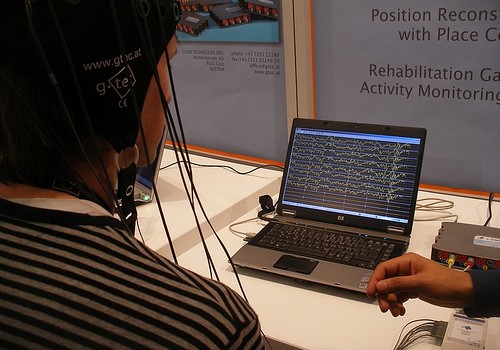
Assessment Of A Seizure
Discussions with the patient his support people are very important, but many overenthusiastic bystanders fill in the gaps “helpfully”. If you are a patient or a bystander please tell the doctor only what you know for sure. Adult onset, focal seizures are usually due to some other underlying condition. Blood urea and electrolytes, blood glucose levels, Serum calcium, serum phosphate, complete blood count, international normalized ratio, PTT, toxicology screen, lumbar puncture for cerebrospinal fluid analysis, CT scan and an electroencephalogram may be done as needed. You may be admitted for observation for 24 hours after a seizure. a neurological, neurosurgical referral may be carried out as indicated.
- Important notification about information and brand names used in this slideshow!
- Photo courtesy of Anders Sandberg by Flickr : www.flickr.com/photos/arenamontanus/3473476718/
- Oxford Handbook Of Clinical Medicine

Medication
Direct patient involvement is essential because the success of the treatment regimen depends on compliance. If the patient is seizure-free for a few years, the drug treatment MAY be carefully withdrawn if there is no risk of recurrence, minimal risk to others (example: driving), and the nervous system examination findings and EEG were normal. For generalized seizures, sodium valproate is recommended as the first-line drug. For partial seizures, carbamazepine is recommended. Carbamazepine may cause nausea, double vision, dizziness and body swelling due to fluid retention. Sodium valproate may cause sedation, tremulousness, weight gain and liver failure. Phenytoin may cause double vision, acne, gum thickening and blood disorders. Lamotrigine may cause skin rash, double vision, vomiting and agitation. When changing from one drug to another, the new drug should be started at its lowest dose while the other is slowly withdrawn.
- Important notification about information and brand names used in this slideshow!
- Photo courtesy of Philippa Willitts by Flickr : www.flickr.com/photos/hippie/2563571511/
- Oxford Handbook Of Clinical Medicine

Ketogenic Diet
The ketogenic diet is a low-carb, high-fat diet with adequate proteins prescribed for children with uncontrolled/difficult-to-control epilepsy. This provides adequate energy to ensure satisfactory growth. Although dietary alterations were done to treat epilepsy from ancient times, the first recoded trial on its use was undertaken in 1921. Carbohydrates are broken down in glycolysis, Kreb’s cycle and the electrone transport chain that provides energy. When minimal amounts of glucose enter, glycolysis and the initial steps of Kreb’s cycle are halted. Acetate, acetoacetate and beta hydroxybutrate accumulate and spill over into the circulation as ketone bodies. Elevated blood ketone body levels reduce the frequency of epileptic attacks.
- Important notification about information and brand names used in this slideshow!
- Photo courtesy of Matt Radick by Flickr : www.flickr.com/photos/mattradickal/6106534310/
- Oxford Handbook Of Clinical Medicine
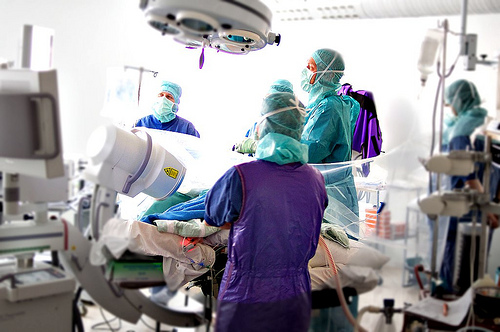
Surgery
Epilepsy surgery is considered only for patients with a detectable structural lesion in the brain (arterio-venous malformations or space occupying lesions) who could not achieve successful control with two different medications. These procedures may entail resection (surgical removal of the lesion), disconnection (surgically cutting off the nerve connections to and from the area), or stimulation (introduction of electrodes into the area and applying electrical stimuli) of an area of the brain causing the seizures. A lexell frame is commonly used to identify target areas during imaging. The frame is fixed onto the patient before imaging. Using the measurement taken, a 3 dimensional picture of the lesion inside the brain is developed.
- Important notification about information and brand names used in this slideshow!
- Photo courtesy of Zdenko Zivkovic by Flickr : www.flickr.com/photos/zivkovic/6892578155/
- Oxford Handbook Of Clinical Medicine

Living With Epilepsy
Discuss the type of epilepsy you have, its cause (if one could be identified), the drugs you take, drug side effects, pregnancy (some anti-epileptics are contraindicated in pregnancy) and the frequency of fits with your doctor. You might have to change your job. Some countries have regulations regarding epilepsy and driving. Hobbies like swimming and high risk sports may need to be stopped. Regular drug intake is of paramount importance. Not getting a repeat fit or status epilepticus depend upon your compliance. There are wrists bands (medic-alert) that help the paramedics you might have to wear. It is good to keep a card with emergency contact details on your body at all times.
- Important notification about information and brand names used in this slideshow!
- Photo courtesy of Camp ASCCA by Flickr : www.flickr.com/photos/campascca/182980481/
- Oxford Handbook Of Clinical Medicine


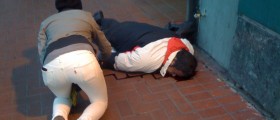
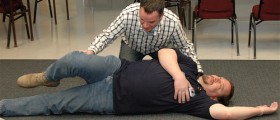



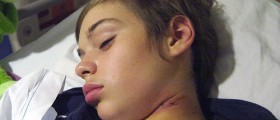


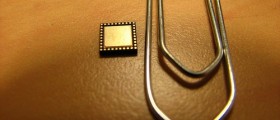





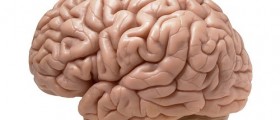
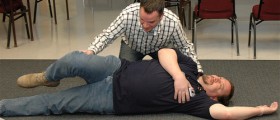


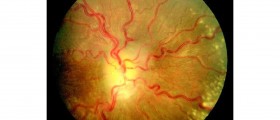

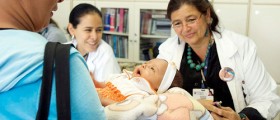



Your thoughts on this
Loading...